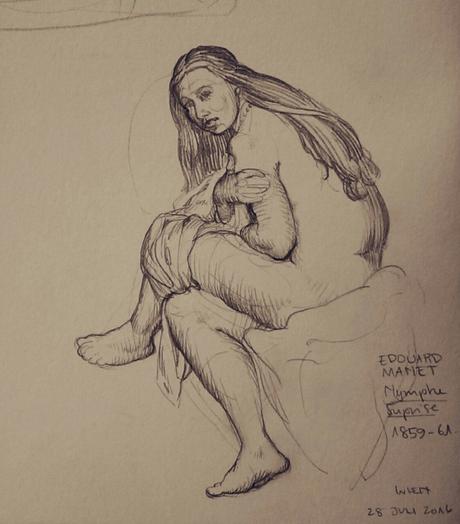
In Languages of Art, Nelson Goodman undertakes an analytical investigation into precisely what qualifies as aesthetic. His search leads him on a rather arduous journey through some linguistic problems in order to conclude that it might be more helpful to suggest symptoms, rather than criteria, of the aesthetic (Goodman 1976: 252). In short, what he finds rather a hindrance is the persistent intuition that the cognitive and the aesthetic are by nature divorced from each other. This lingering ‘vague yet harsh dichotomy’ distracts us from seeing that the emotions, admittedly of special importance to the arts, ‘function cognitively’ (Goodman 1976: 254-5, 248). Goodman (1976: 264) suggests that by approaching aesthetics analytically, we are encouraged to leave behind our prejudices and discover some pleasant affinities between art and science (without attempting to say that the two are equivalent). His efforts to account for the emotions and their accompanying philosophical difficulties are laudable, but are distorted by the breadth of understanding he demands of art.
Setting aside his broader project of clarifying the nature of the aesthetic, let us concentrate on a ripe branch thereof. The aesthetic experience marks our intersection with art, as artist or spectator or both. Goodman, a symbolist, proposes some very strong aspects of that experience. We each carry about with us a personal symbol system through which we organize and make sense of the world around us, says Goodman (1976: 260; 265), and we expand and adapt these systems as we encounter new symbols. The aesthetic experience is accordingly an inquiring, inquisitive one that requires us to read an artwork—in our case, a painting (Goodman 1976: 14).
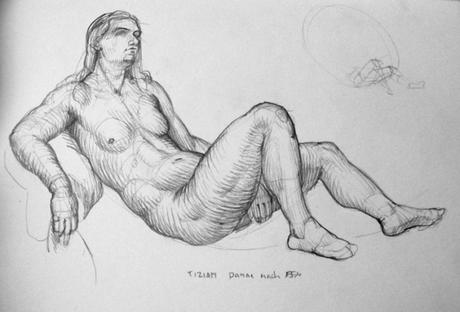
The aesthetic experience, Goodman (1976: 241-2) asserts, is active. ‘It involves making delicate discriminations and discerning subtle relationships. … The aesthetic attitude is restless, searching, testing—it is less attitude than action: creation and recreation.’ Goodman is right to demand such attentive engagement in an encounter with a painting; he gets rather carried away when he assigns the spectator a creative role. His enthusiasm leads him to declare that ‘nature is a product of art and discourse,’ (Goodman 1976: 33) and from here it is a swift descent into relativism, which he fiercely argues for.
He is lured into assigning the spectator a disproportionately creative role by the false assumption that preserving the picture makes us passive. We must, as he requires, certainly approach a painting attentively, engage with it inquiringly. Wollheim (1987: 22), who indeed argues that the picture is fixed, similarly demands that the spectator be ‘adequately sensitive, adequately informed’ when attending to the canvas. But Goodman’s (1976: 112) tone becomes palpably frustrated when he belligerently describes ‘the time-honoured Tingle-Immersion theory,’ which is how he characterises positions like Wollheim’s, ‘which tells us that the proper behavior on encountering a work of art is to strip ourselves of all the vestments of knowledge and experience (since they might blunt the immediacy of our enjoyment), then submerge ourselves completely and gauge the aesthetic potency of the work by the intensity and duration of the resulting tingle.’
This view that the ‘direct apprehension of what is presented,’ the direct encounter with a painting, amounts to ‘passive contemplation of the immediately given’ to the exclusion of all else is to crudely caricature a position that respects the stability of the painting and the intentions of the artist (Goodman 1976: 241). Wollheim (1987: 44; 185) indeed insists that the spectator cannot tamper with the meaning of the painting: such permissiveness would embrace the idea that ‘the picture would have to gain content after it left the hands of the artist and without any concomitant alteration to its marked surface.’ And closer to Wollheim’s (1987: 95) central thesis, the spectator need not tamper with the meaning. His more subtle account emphasises that the painting already contains a rich font of information, expressively inscribed in paint, ready to be discovered by the inquisitive spectator. It is a careless and distracted spectator who discards the contents of the painting for his own interpretation.
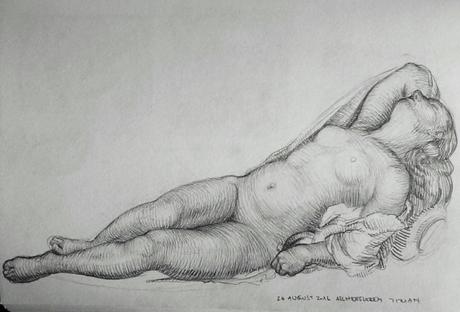
But let us indulge Goodman, and ask what concerns him so much about a static picture. I see two concerns. The first is the varied understandings we have of the same paintings. The second is that our emotions never quite seem to align with those prompted by the painting—they are usually ‘muted and oblique,’ or even reversed (Goodman 1976: 245). Goodman (1976: 245) is bursting to tell us that ‘any picture of aesthetic experience as a sort of emotional bath or orgy is plainly preposterous.’ I would contend that few artists are carried away by such ecstasies, let alone respectable gallery visitors, and inducing such heightened emotion can hardly be the point of painting. Wollheim (1987: 45; 80) treats this question of the emotions as a matter of ‘expressive perception,’ which captures both the expressive treatment of what is depicted and the ability of the sensitive spectator to perceive the emotions infused therein. Wollheim (1987: 129) goes so far as to posit a mediator, an imaginary protagonist, whose position we step into and whose emotions we savour at a safe distance—a useful device that permits the dampening of emotions. And regarding the first concern: Wollheim (1987: 101) simply argues that the spectator can be correct or incorrect. He does not permit flexibility of the painting, and thus does not permit flexibility in the spectator; should differences arise, Wollheim is not afraid to call someone wrong. He refers ever back to the intentions of the painter, who has sought to embody some idea in paint (Wollheim 1987: 86).
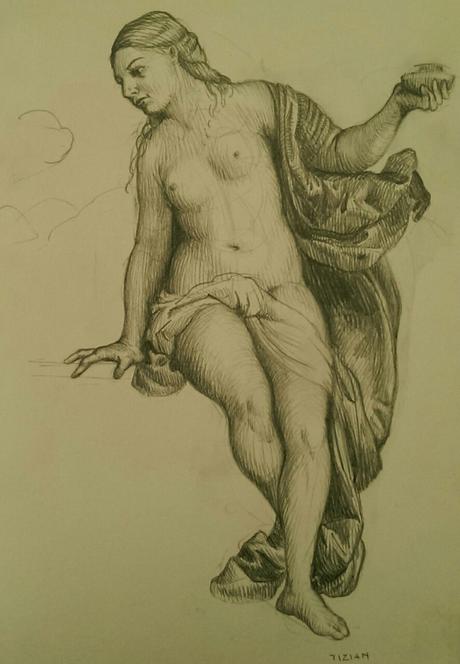
By contrast, Goodman wants to permit a plurality of interpretations, ones that depend on context and personal experiences, and that take their cue from symbols embedded in the painting. The artist merely provides a stimulus for the spectator, who, on Goodman’s account, is the real creator—the agent to assign meaning. The spectator, ever refining his personal bank of symbols, is shaping the world itself in his encounter with art: ‘interpreting works and reorganising the world in terms of works and works in terms of the world.’ (Goodman 1976: 241; 260). And each encounter bears new fruit, not because we have been more attentive to the painting and the richness already contained within it (as I would argue, in sympathy with Wollheim), but because ‘what we read from and learn from a symbol varies with what we bring to it’ (Goodman 1976: 260). Because of our ever-evolving conception of the world, and to support our continual reconstruction of the world, Goodman (1976: 43; 231) argues for the full relativity of representation. Paintings are but carriers of symbols, and a symbol, he explains, ‘is only representational according to its own relationships to other symbols in a given system’ (Goodman 1976: 226). We are left with nothing firm beneath our feet: the world is completely awash.
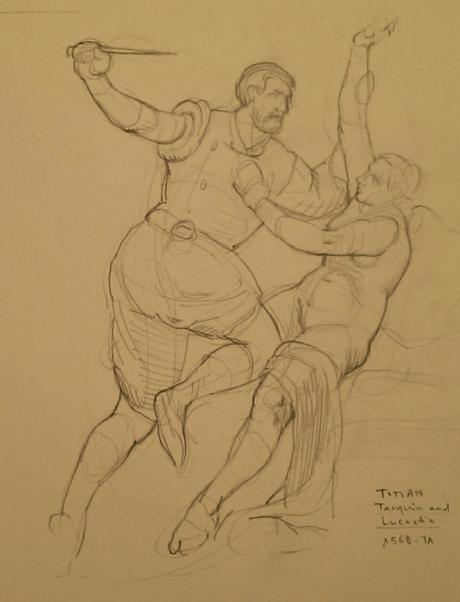
Goodman proceeds to unpack the concept of representation. At first he suggests it might be a kind of denotation, which makes it similar to verbal description—though only as an analogy (Goodman 1976: 40). ‘A picture that represents Churchill, like a predicate that applies to him, denotes him’ (Goodman 1976: 58). Unlike Wollheim (1987: 22), who sees expression as bound up in the very marks that represent the thing represented, Goodman (1976: 46) separates representation from expression. He finds them irreconcilable upon logical analysis: they run in opposite directions. To express is not to denote but to metaphorically exemplify, or to possess and demonstrate an array of properties (Goodman 1976: 85). These properties, says Goodman (1976: 85), may be as diverse as colours, feelings, and thoughts, and the feelings and thoughts may be those of the artist or those of the spectator alike.
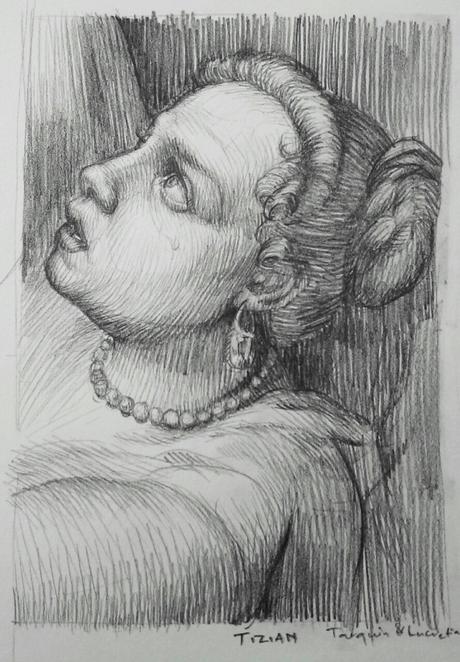
Goodman’s appeal to logic sounds authoritative—especially in the face of someone, like Wollheim (1987: 8), who turns trustingly to the painting when in doubt. But I find his explanation of expression problematic, not least in that it is so divorced from representation. Expression can hardly be so arbitrary—a thought or feeling must be expressed by someone, in an intentional way. A color is certainly exemplified, but I find it troubling to treat emotions as the same type of properties as colours. As a spectator, I might encounter a picture that, by chance, ‘possesses’ the same emotion as me at a certain moment. But the painting hardly expresses my emotion, because there is no connection between me and the painter, who inscribed that emotion in the painting. At best, I could say that the picture ‘captures’ the emotion that I am also and independently feeling. The causal connection is not there; and in fact, I could understand the painting without mirroring the embedded emotion, whether accidentally or at the suggestion of the painting. I am far more persuaded by Wollheim, who weaves expression into the very manner of representation: lively, giddy, thick brushwork or diffused, foggy edges betray much of what is to be expressed, and are inseparable from the very representation of the thing represented. ‘The marked surface must be the conduit along which the mental state of the artist makes itself felt within the mind of the spectator’ (Wollheim 1987: 22). Wollheim (1987: 39) concedes that ‘adopting the perspective of the artist requires us to give pride of place to what the agent does.’ But he continues: ‘it does not require us to ignore or reject the point of view of the spectator. It requires us only to rethink it.’
Dissatisfied with his initial explanation of representation, at any rate—because he cannot find a way to distinguish representation from other modes of denotation—Goodman (1976: 225) argues that an analysis of symbol systems allows us to be clearer on the nature of representation. ‘Representation,’ Goodman (1976:226) argues now, ‘is relative to a symbol system’—‘nothing is intrinsically a representation.’ A painting is thus completely in flux, and its meaning is bound up in every individual spectator’s own personal web of symbols. Further, a symbol is representational only in terms of ‘its own relationships to other symbols in a given system’ (Goodman 1976: 226).
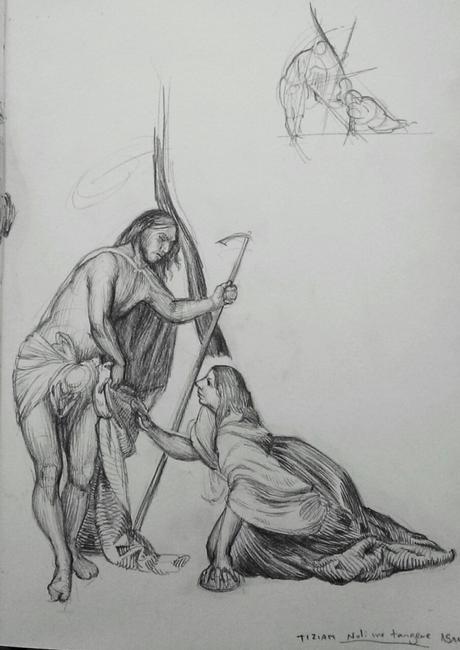
By Goodman’s account, only the symbol is preserved, and our relationship to the symbol and its own relationship to other symbols is relative and variable, and the painting is merely a vessel for symbols. Wollheim (1987: 306), too, gives the imagination a lot of range, but tries to preserve the picture and its intended meaning—our relationship to that picture can be correct or incorrect. This difference traces back to the type of meaning sought: should the painting merely be a tool for understanding the world and our place in it, it is uninteresting as a fixed, self-contained entity.
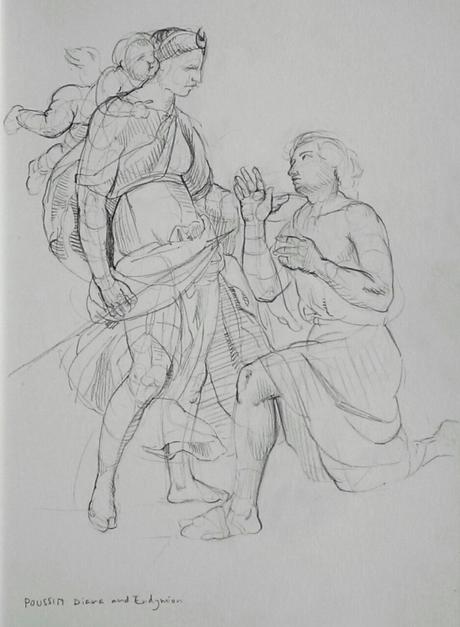
When Goodman considers meaning in a painting, he steps right back and asks what the painting means in the world, how it contributes to our understanding of the world. His scope of understanding is very broad. The role of the artist is to ‘remake our world.’ She looks for new configurations: ‘And if the point of the picture is not only successfully made but is also well-taken, if the realignments it directly and indirectly effects are interesting and important, the picture—like a crucial experiment—makes a genuine contribution to knowledge’ (Goodman 1976: 33). The physical painting, which thus offers a plethora of meanings, remains relevant only as a vessel: ‘Discoveries become available knowledge only when preserved in accessible form’ (Goodman 1976: 260). Goodman (1976: 258) draws our attention to the purpose of symbolisation: ‘the drive is curiosity and the aim is enlightenment,’ he declares, ‘use of symbols … is for the sake of understanding; … what compels us is the urge to know, what delights is discovery.’
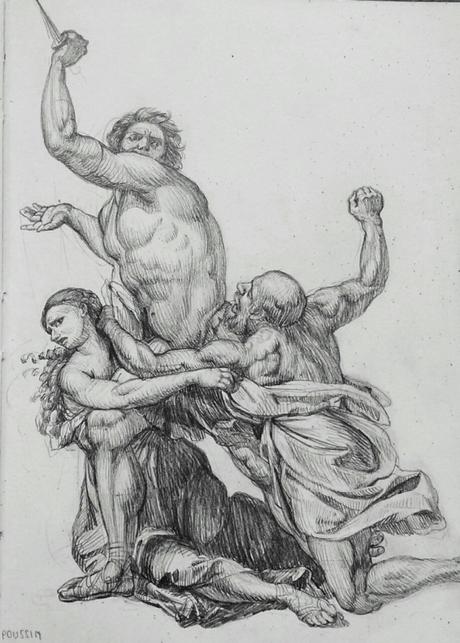
Wollheim, by contrast, narrows his scope to the painting itself. Wollheim wants to know what the painting means, to read the meaning contained within the four borders of the frame. He dignifies the painting as a self-contained statement—a complex, nuanced statement—originated by a thoughtful artist driven by particular intentions. I’m reminded of Friedrich Waismann’s (in McGuinness 2011: 198; 205) deference to Kafka as an artist of great prowess, able to shape language in order to carry the reader into unchartered mental territory: ‘The edges of Kafka’s world are lost in darkness; or, to put it differently, we come up here against the ineffable. … Perhaps, after all, that is the most interesting thing about Kafka: his attempt to say something for which we have no proper language. … It all seems patent nonsense. And yet, as I was reading, it came with a curious impact upon me, as if I had known these things before and forgotten all about them. … I was haunted by the novel. I was sure that there must be something behind it, and yet I was utterly unable to say why.’ It is Kafka, the creative agent, who is able to express these nuanced things, and who gently guides the reader into that particular aesthetic experience.
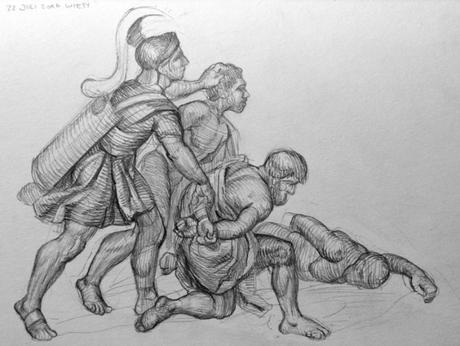
In thus respecting the intentions of the artist, Wollheim lessens the role of interpretation, and offers other ways of dealing with the fluctuations of understanding and emotion, namely by calling for more attentive, more knowledgeable apprehension of the picture and the ability to perceive it expressively. His position is more attractive: it gives greater expressive power to the tools of the painter—such as composition, texture, design, edge treatment and other formal qualities—than symbolism allows.

To his credit, it is admirable that Goodman does not refer us to a fixed dictionary of symbols. His symbol systems attempt to account for the more delicate reading of a painting than such simple transcription would allow. But his symbol systems, in weaving the specatator and his experiences of the world into the meaning of the painting are too fluid and stray too far from the intentions of the artist. He makes this dramatic leap because he believes the painting offers us a means of understanding and recreating the world (Goodman 1976: 265). It becomes clear why we must be certain what kind of meaning we are pursuing. A painting may have its own internal meaning, as carefully explicated by Wollheim, or it may be a fragment of a greater context, and thus a tool for helping us understand the world. I stand by the integrity of the work, and urge fellow artists and spectators not to abandon the meaning of the work itself, lest our own unpredictable vacillations plunge us into the bottomless depths of relativism.

Goodman, Nelson. 1976. Languages of Art: An Approach to a Theory of Symbols. 2. ed., [Nachdr.]. Indianapolis, Ind.: Hackett.
McGuinness, Brian, ed. 2011. Friedrich Waismann: Causality and Logical Positivism. Vienna Circle Institute Yearbook 15. Dordrecht ; New York: Springer.
Wollheim, Richard. 1987. Painting as an Art. 1. publ. London: Thames and Hudson.

